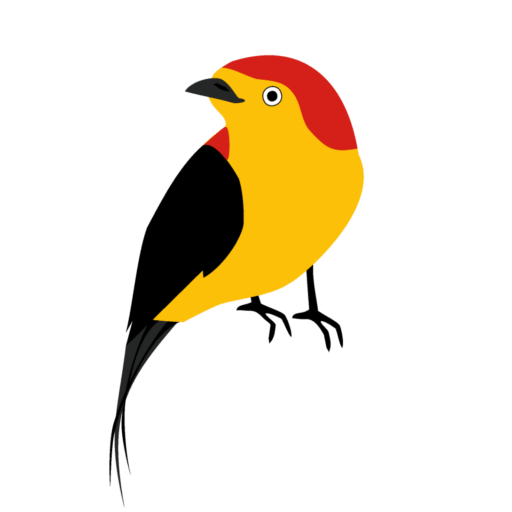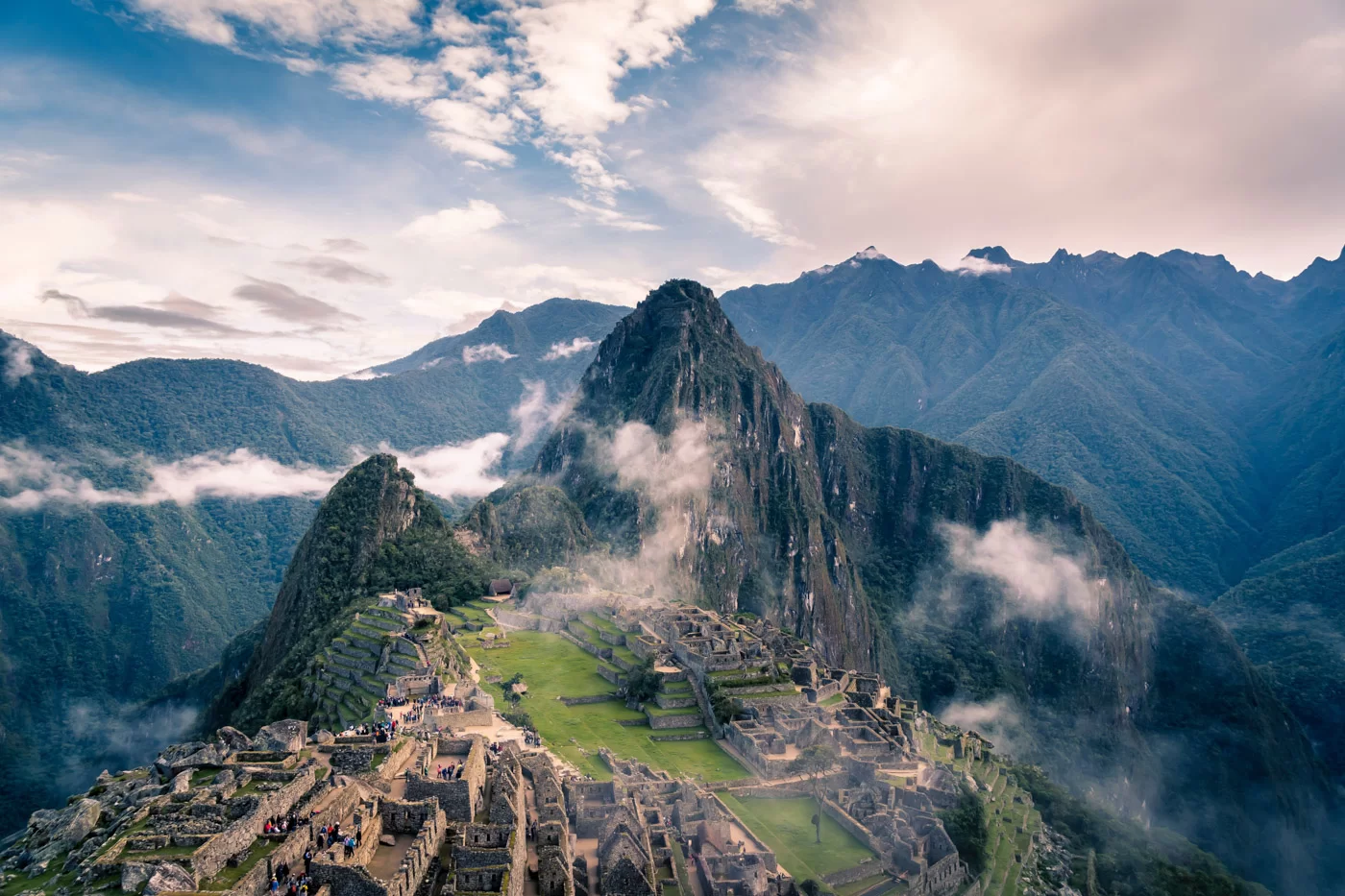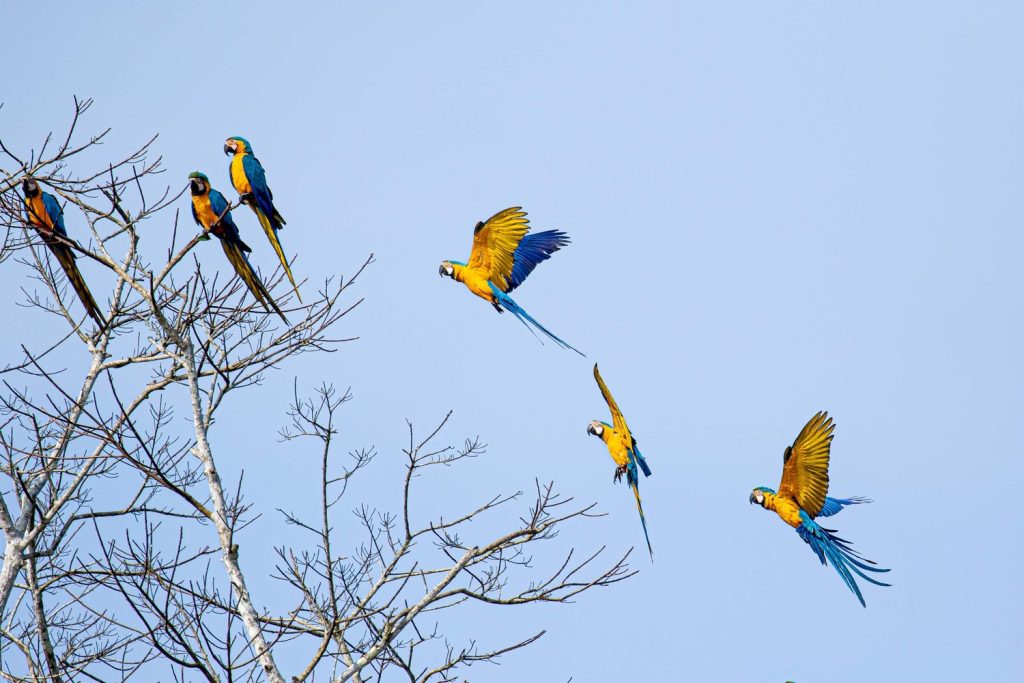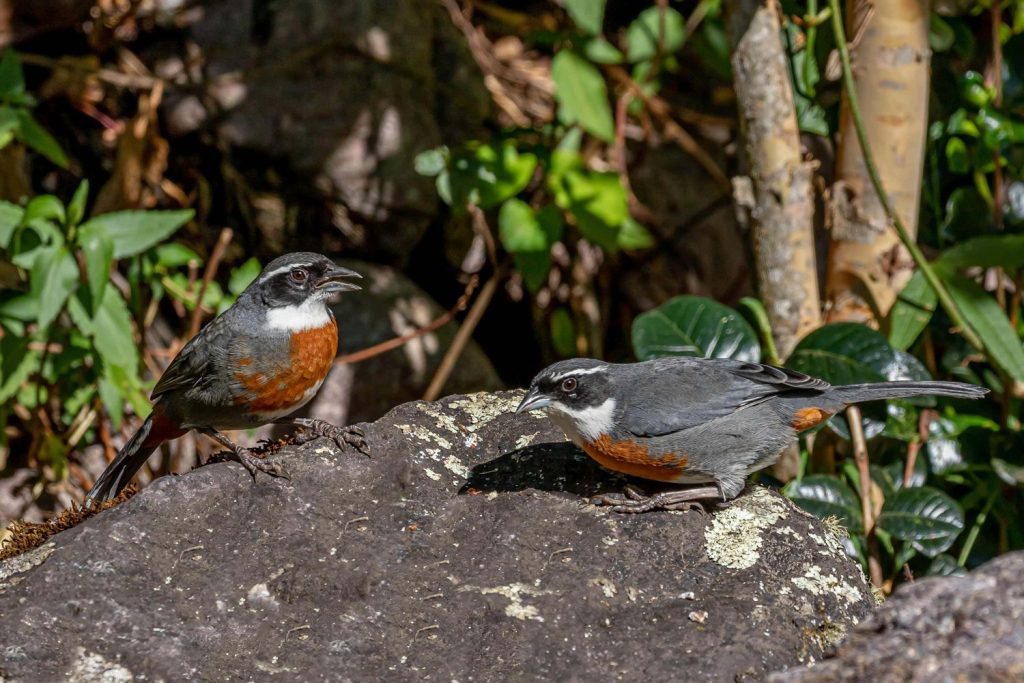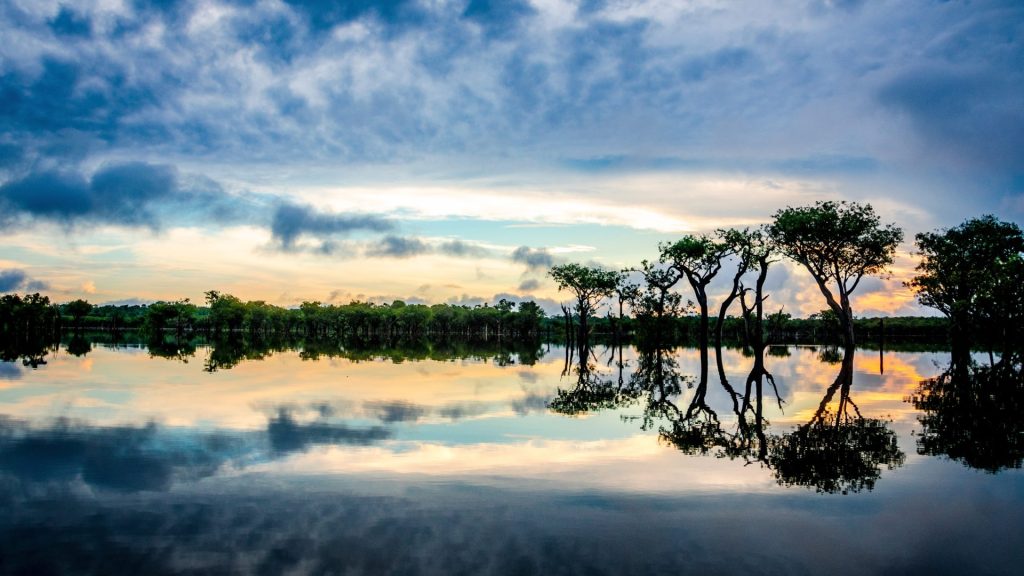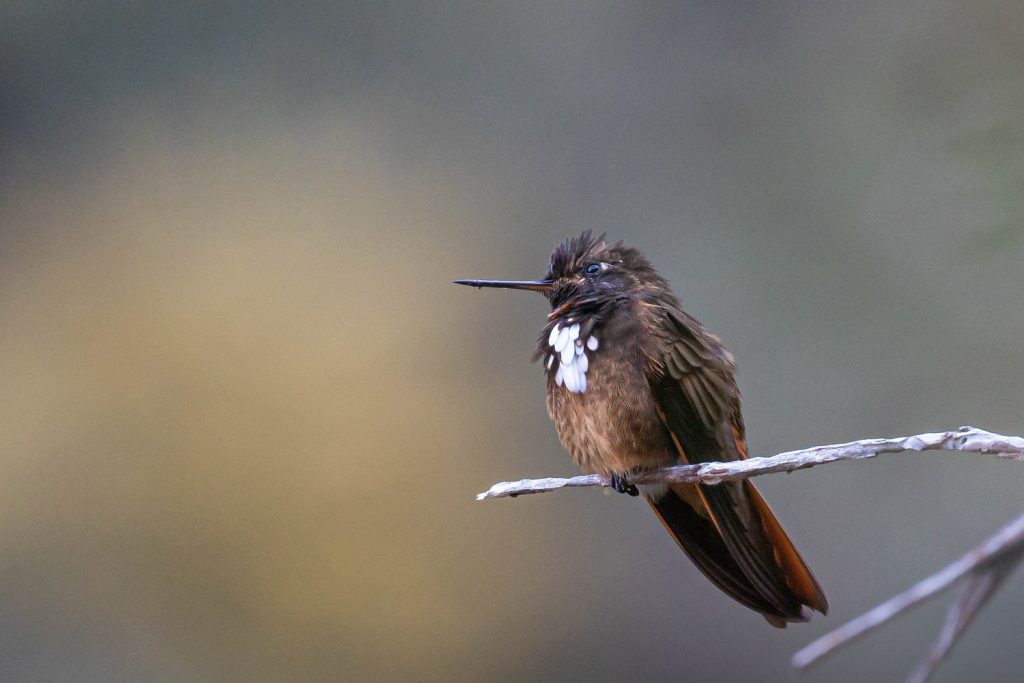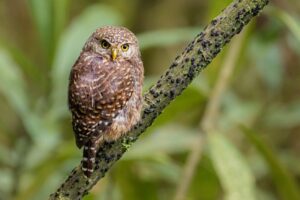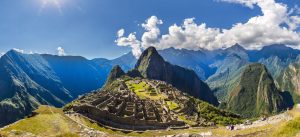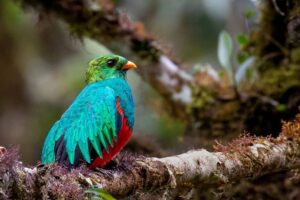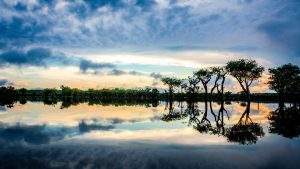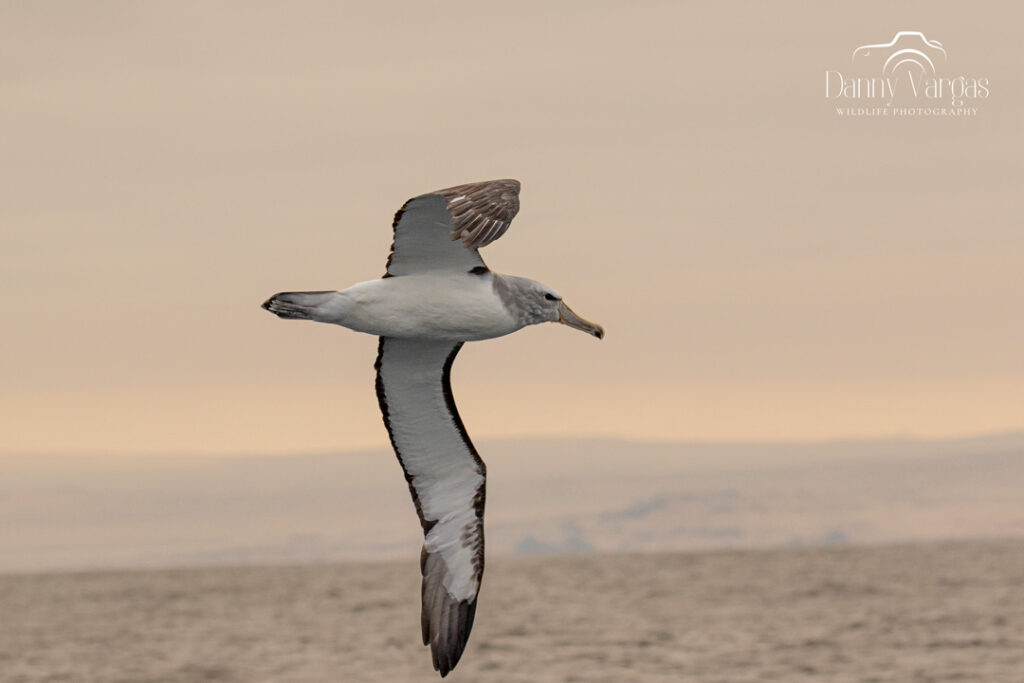Peru is a land of rich cultural diversity. From the Pacific coast to the high Andes mountains and the vast Amazon rainforest, this country hosts a wealth of traditions and customs reflected in its colorful festival calendar of Peru.
Each of these civilizations has left its mark on Peru’s music, dance, cuisine, and religion, and these elements intertwine in the festivals celebrated throughout the country. From the coast, with its African and Spanish influences, to the mountains, where indigenous traditions remain strong, Peru is a mosaic of cultures and beliefs.
Join us on this journey through Peru’s colorful festival calendar and discover the cultural richness that makes this country so fascinating. Each festival is a window into Peru’s identity, and together, we will explore its most iconic traditions and celebrations. If you are interested in Birding and Cultural trips, you may find this article interesting here.
Get ready for an unforgettable journey through tradition, music, and dance!
The Feast of the Virgen de la Candelaria in Puno
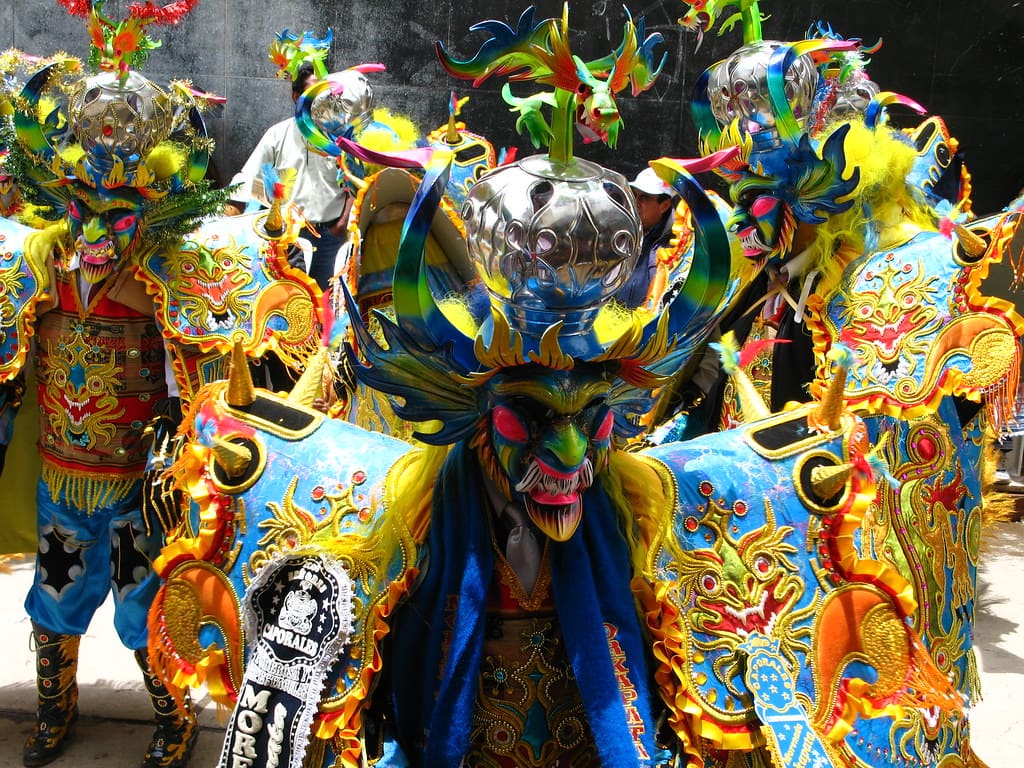
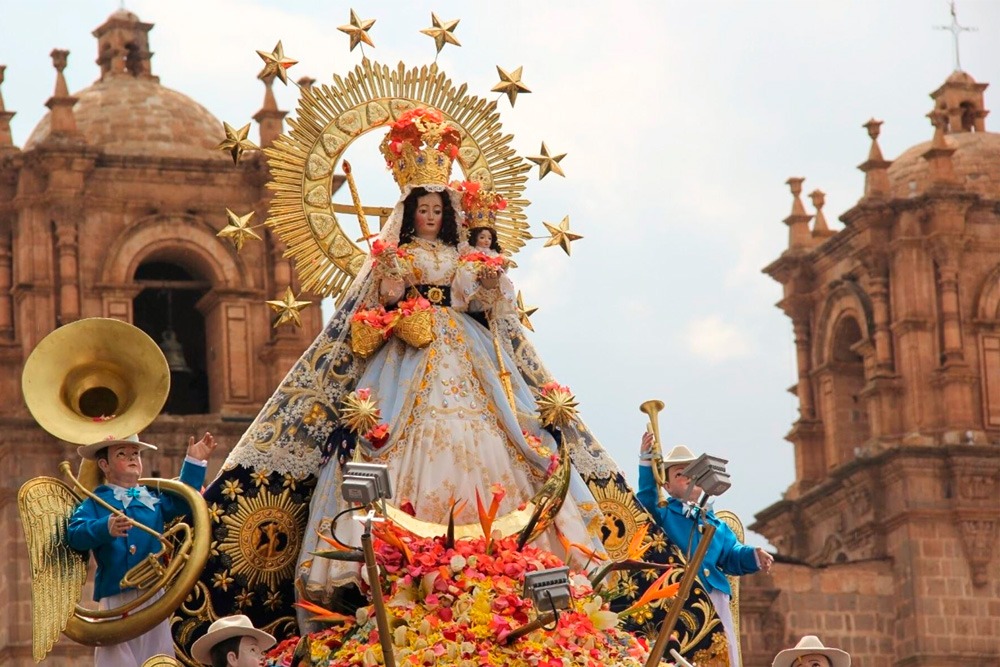
The Feast of the Virgen de la Candelaria is a significant religious and cultural event in the city of Puno. Celebrated in February, this festival combines Catholicism with indigenous traditions that date back to pre-Columbian times. The Virgen de la Candelaria is the patron saint of Puno, and its celebration is one of the largest and most colorful in Peru.
During this festival, the streets of Puno come alive with dances and music. Groups of dancers, known as «comparsas,» parade in elaborate costumes representing mythological characters and historical figures. Each comparsa has its own style of dance and music, making the Feast of the Virgen de la Candelaria a diverse and exciting spectacle.
This celebration takes us to the shores of the majestic Lake Titicaca, where Puno is illuminated with the devotion and joy of this festival.
Carnivals: Dances and Traditions
Carnivals in Peru are joyful and colorful celebrations held in different regions of the country. These celebrations usually take place in late February or early March. Carnivals mark a season of fun, music, dance, and tradition. Each region has its variations of the carnivals, but they share common elements such as the use of water, confetti, foam, as well as music and dance.
However, one of Peru’s most famous carnivals is the Carnival of Cajamarca…
Carnival of Cajamarca
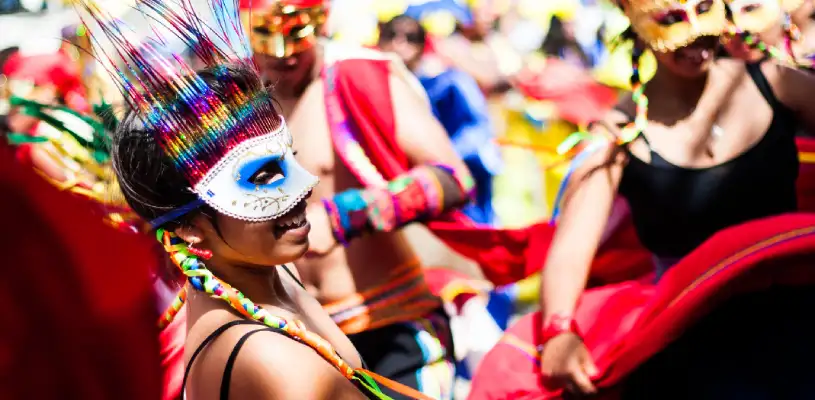
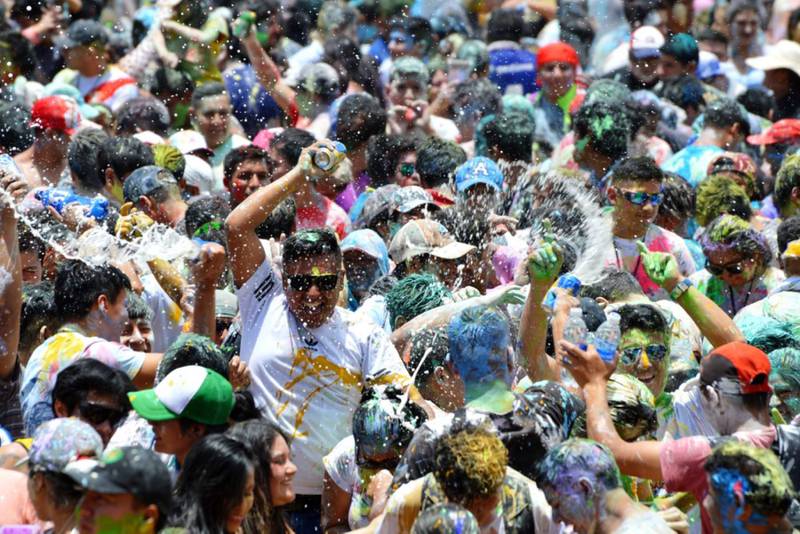
During Carnival, the streets of Cajamarca are filled with music, dances, and costumes.
One of the most iconic aspects of this festival is the famous «yunzas,» which are trees decorated with gifts, fruits, flowers, and toys. People gather around the «yunza» to dance and sing. Traditional dances like the «Marinera» and the «Diablada» fill the air with energy and excitement.
The Carnival of Cajamarca is a celebration that blends indigenous and Spanish influences into a melting pot of tradition and joy. The mixture of cultures is reflected in the music, food, and attire of the participants.
Grape Harvest Festival in Ica: Wine and Celebration
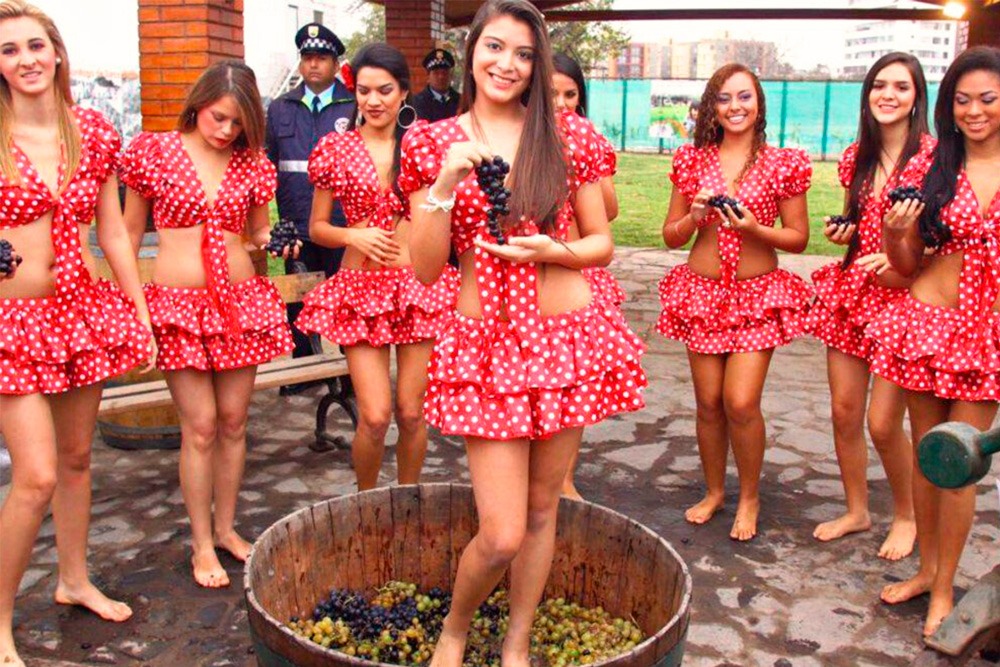
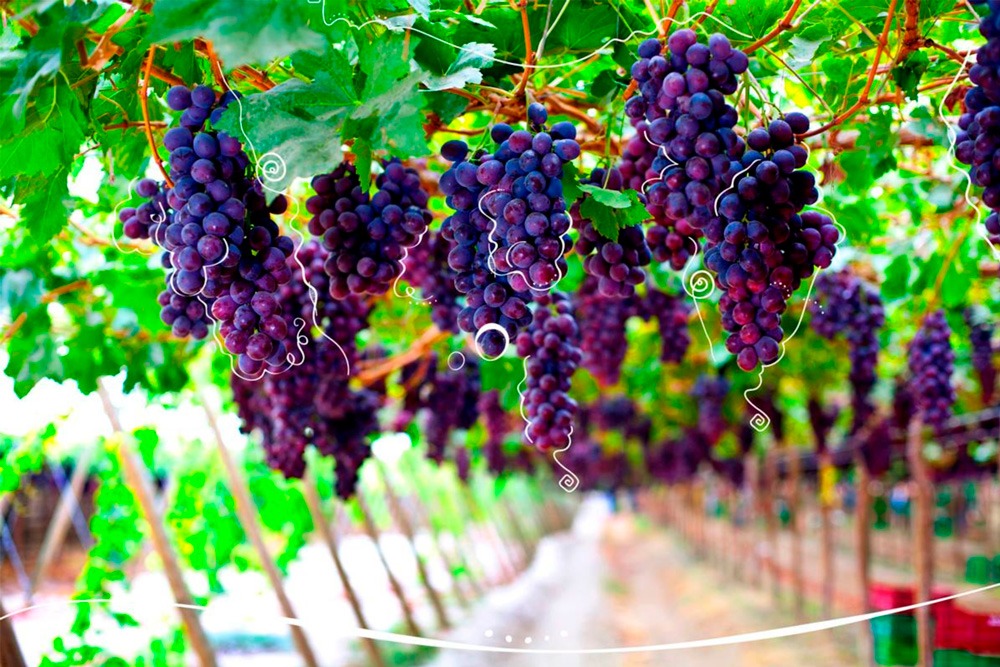
The Grape Harvest Festival in Ica is a celebration of the grape harvest and the production of wines and piscos, the Peruvian grape brandy. This festival takes place in the city of Ica and its surroundings, in the wine-producing region of southern Peru, during the month of March. The festival pays homage to the viticulture tradition of the area and the richness of its production.
The festival marks the grape harvest, a fundamental process for the production of wines and piscos. Grape growers and their families gather in the vineyards to harvest grapes using traditional techniques, often employing ancestral methods. During the festival, parades and comparsas are held in the streets of Ica. The comparsas typically consist of people dressed in traditional regional costumes and carrying clusters of grapes. Music and dance are essential elements of these parades, often representing the joy and celebration of the harvest.
One of the festival’s most notable traditions is the selection of the «Queen of the Grape Harvest.» Local young women compete for this beauty title representing the region’s winemaking tradition. The queen presides over the festivities and parades.
Holy Week in Ayacucho: Devotion and Tradition
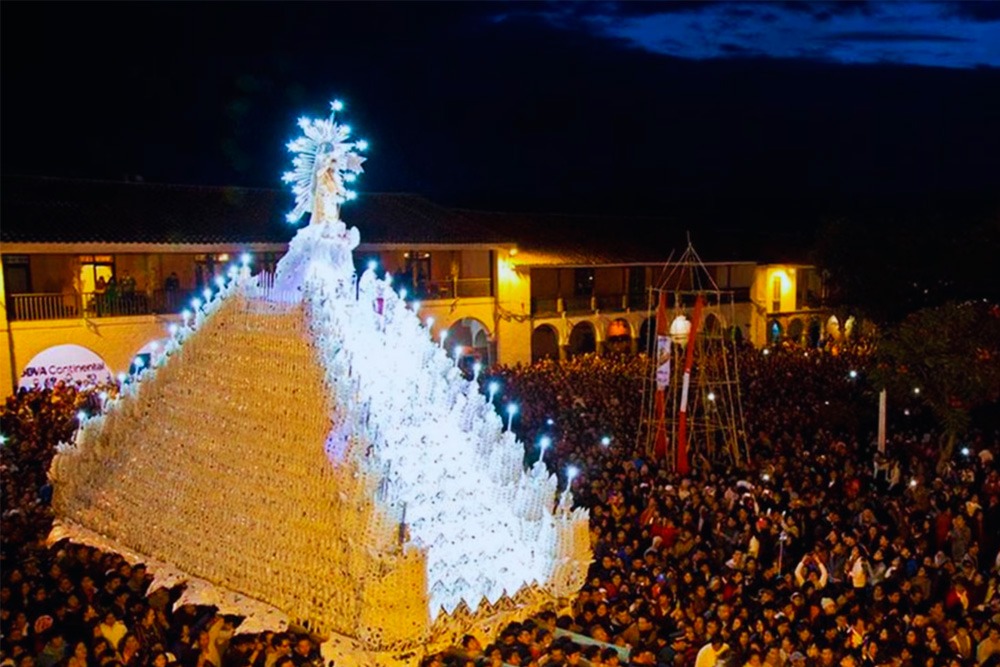
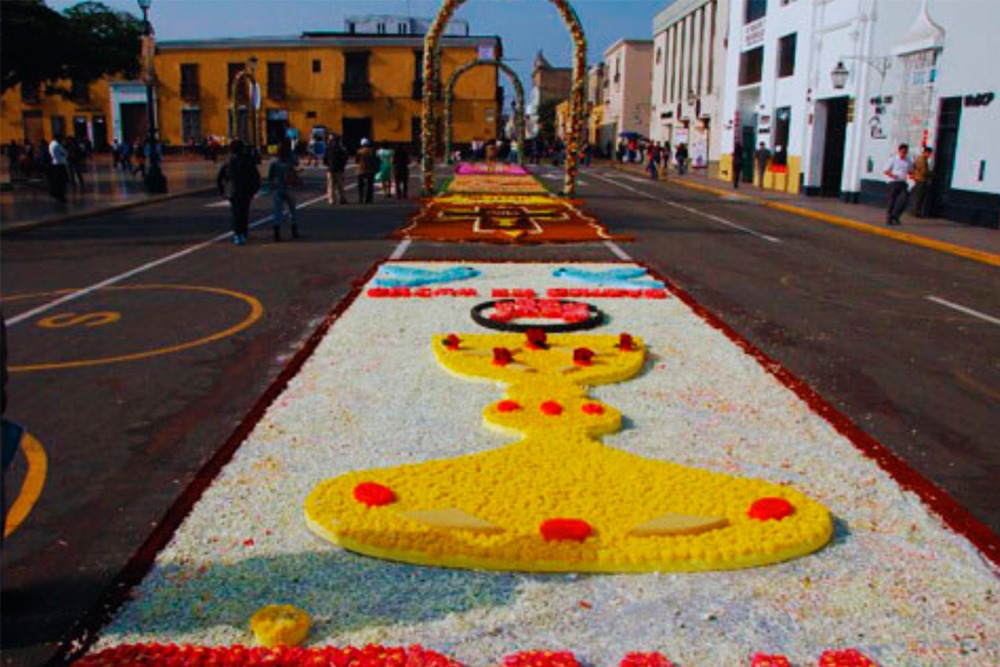
Holy Week is a religious celebration that takes place throughout the country, between late March and early April, but in Ayacucho, it takes on special significance. During this week, the city transforms into a stage of devotion and tradition, where the faithful commemorate the passion and death of Jesus Christ.
In the days leading up to Holy Week, Ayacucho prepares for the procession of the Señor de los Temblores, an image of Jesus carried in a solemn procession through the city streets. The faithful dress in purple and white, and the streets are filled with flower and sawdust carpets, creating an atmosphere of deep spirituality and beauty.
During Holy Week, numerous theatrical representations narrating the passion and death of Jesus Christ take place. These performances, known as «huaylías,» are enacted by local residents and attract visitors from across the country.
Qoyllur Rit’i: The Pilgrimage to the Snow Star
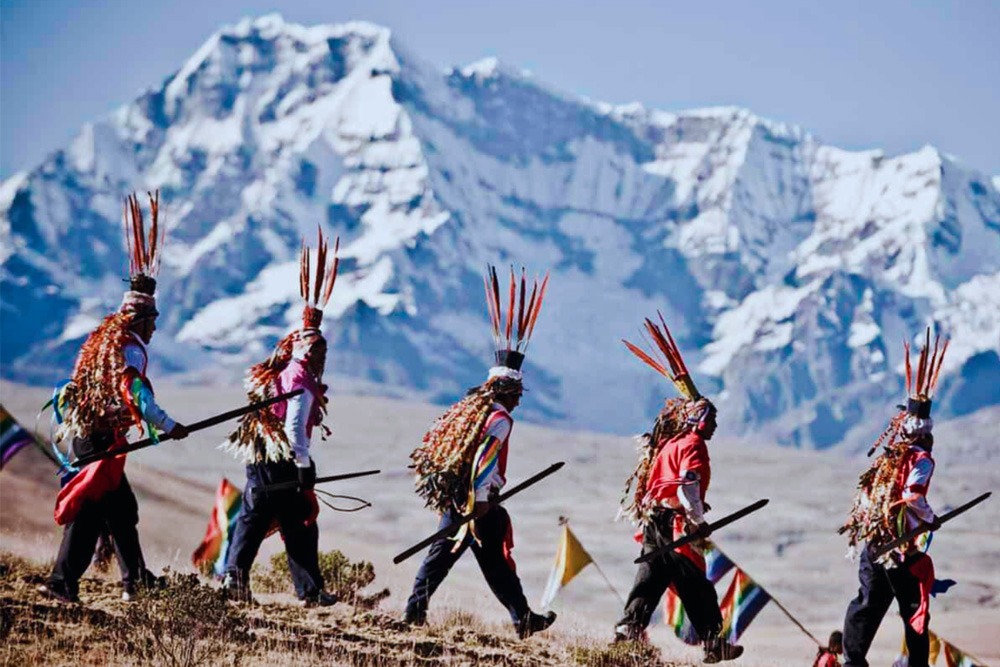
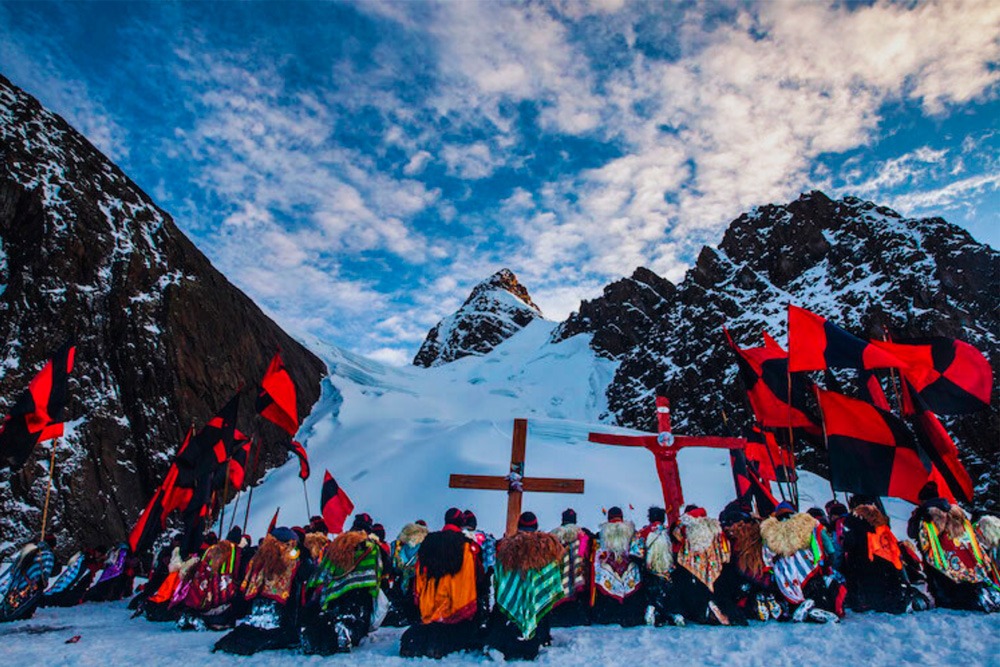
Qoyllur Rit’i, which means «Snow of Stars» in Quechua, is an Andean festival that combines elements of the Catholic religion with traditional Andean beliefs. This celebration takes place at the Sinakara sanctuary, at an altitude of over 4,700 meters above sea level, near the Ausangate mountain.
The festival is celebrated between the months of May and June and attracts thousands of pilgrims from various Andean communities. One of the most iconic aspects of Qoyllur Rit’i is the dance of the «ukukus,» men who dress in bear masks and participate in high-altitude processions.
During this celebration, pilgrims perform rituals to honor the Pachamama (Mother Earth) and participate in traditional dances. The festival culminates with the search for the «qoyllur,» an ice cross believed to have miraculous powers.
Corpus Christi in Cusco: Carpets and Traditions
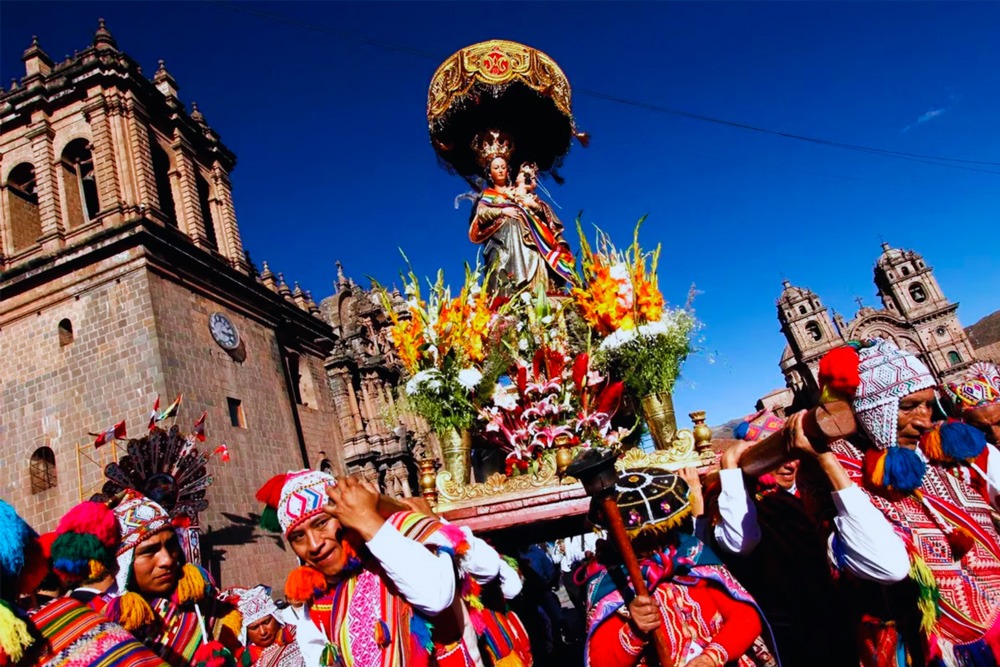
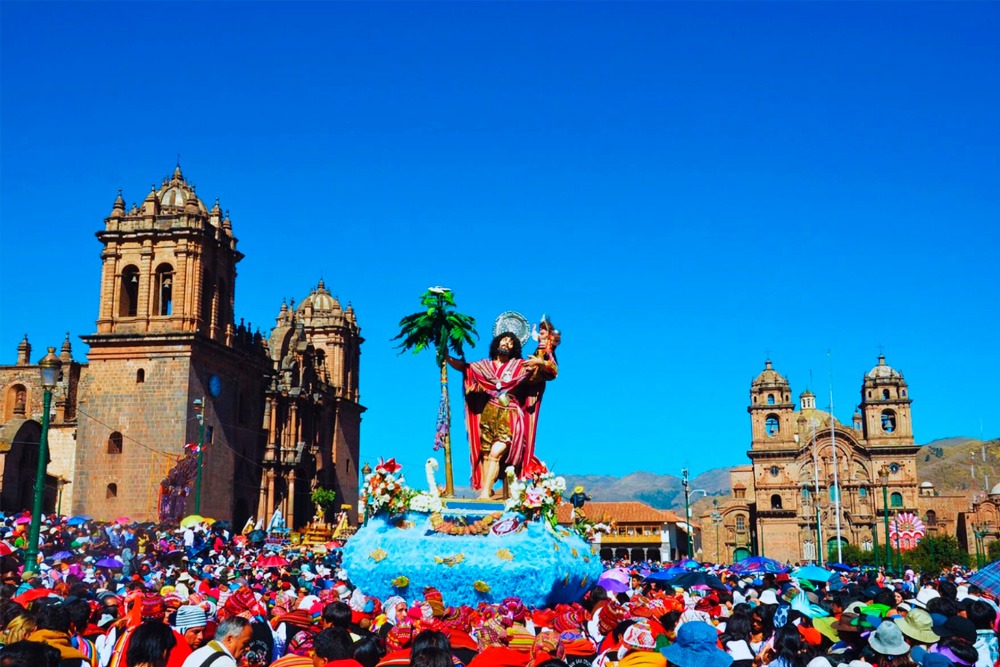
Corpus Christi is a religious festival celebrated in the Catholic world, but in Cusco, Peru, it takes on a special radiance and uniqueness. This celebration occurs in June, 60 days after Easter Sunday and is one of the most prominent religious festivities in the city.
One of the most emblematic features of Corpus Christi in Cusco is the elaborate tapestries that cover the streets of the historic center. These tapestries are made of flower petals and other natural elements and depict religious scenes and Andean motifs. The tapestries are created by the community and are an expression of devotion and art.
During the festival, an impressive procession takes place in which the images of saints and virgins are carried through the streets on floats, accompanied by musicians and dancers. The faithful wear traditional costumes and participate in the festivities with devotion and joy.
The Feast of San Juan in the Amazon: Magic and Tradition in the Peruvian Jungle
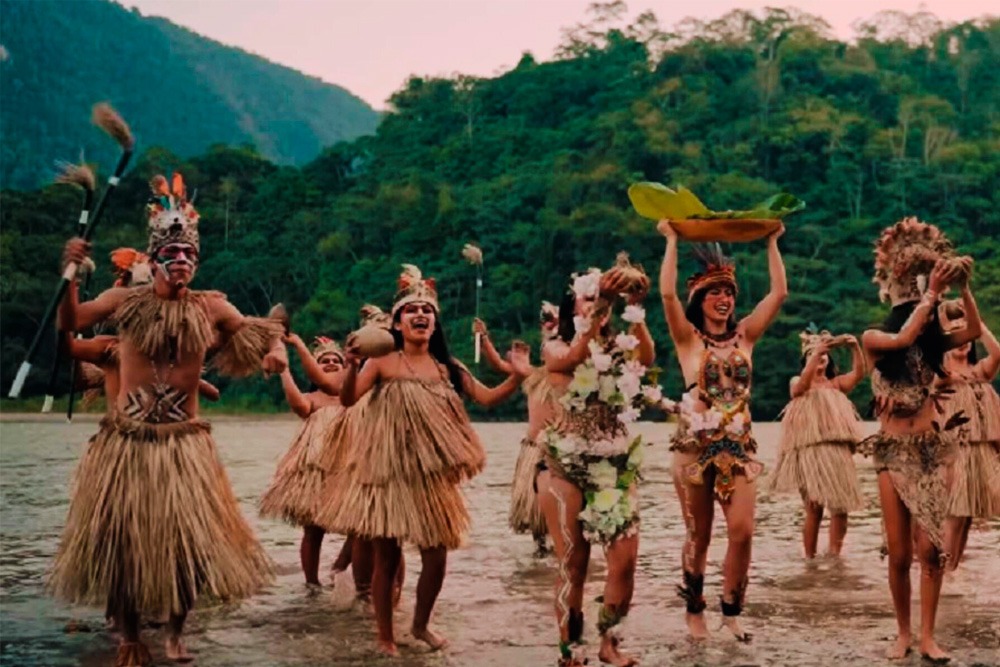
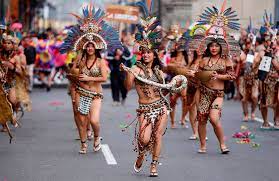
The Feast of San Juan is celebrated in honor of San Juan Bautista, the patron saint of the Peruvian Amazon region. This religious festival takes place on June 24, but the celebration often extends for several days, becoming a colorful and joyful event. Amazon communities perform traditional music with native instruments, creating infectious melodies that fill the air. Dances, often representing life in the jungle, are performed in colorful costumes with lively steps.
A central element of the Feast of San Juan is the belief in the purifying power of water. During the festival, people participate in purification rituals that include immersion in rivers, streams, and lakes. This act symbolizes spiritual cleansing and renewal. Another distinctive feature of the celebration is the bonfires that light up the Amazonian night. These bonfires symbolize the guiding light towards a better future and ward off evil spirits. Communities gather around the fire to sing, dance, and share traditional meals.
Typical regional dishes such as «juanes» (rice tamales wrapped in bijao leaves), «inchicapi» (a chicken stew with peanuts), and fried plantains are shared among friends and family. These dishes showcase the diversity of flavors the jungle has to offer.
Inti Raymi: The Festival of the Sun in Cusco
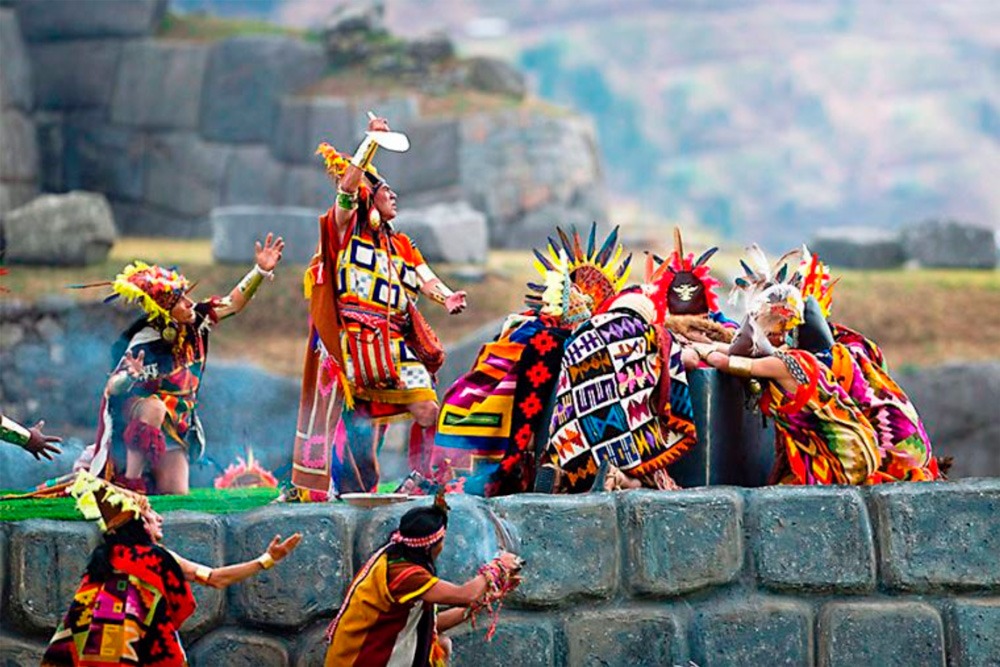
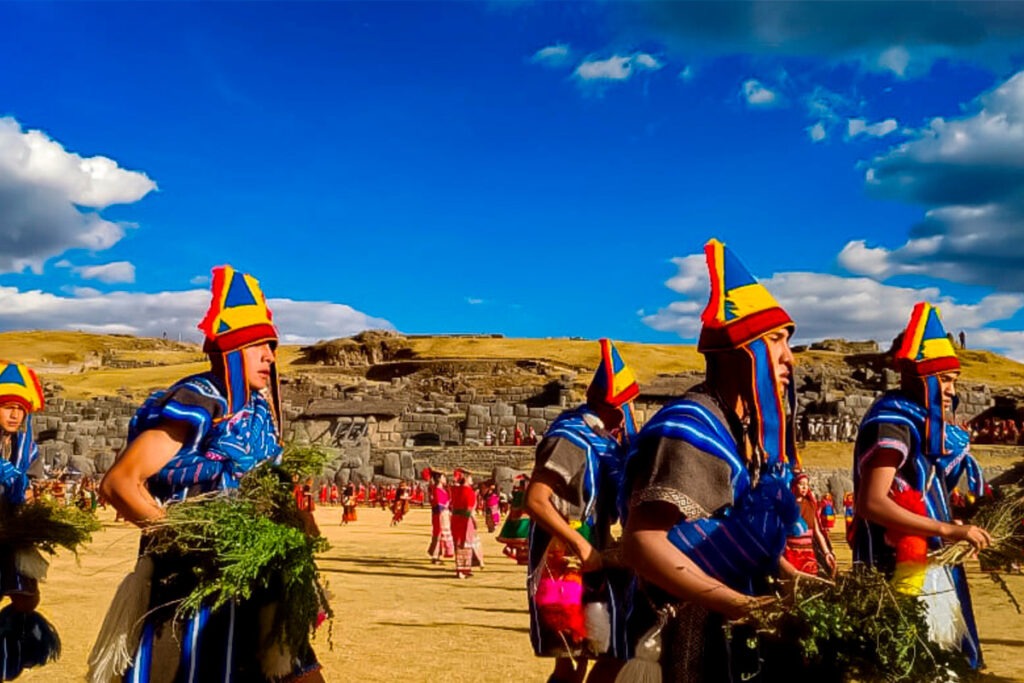
Inti Raymi is a highly significant celebration in the imperial city of Cusco. This festival takes place on June 24, coinciding with the winter solstice in the southern hemisphere, and is dedicated to the Inca god of the sun, «Inti.» It is a festival that pays tribute to the deity that was central in Inca religion and celebrates the fertility of the land.
During Inti Raymi, the ancient Inca ceremony that took place at the Sacsayhuamán fortress is reenacted. Participants dress in traditional attire and perform dances, music, and rituals in honor of Inti. The ceremony is a living representation of Inca customs and beliefs and is a unique experience for attendees.
The Feast of Mamacha Carmen in Paucartambo
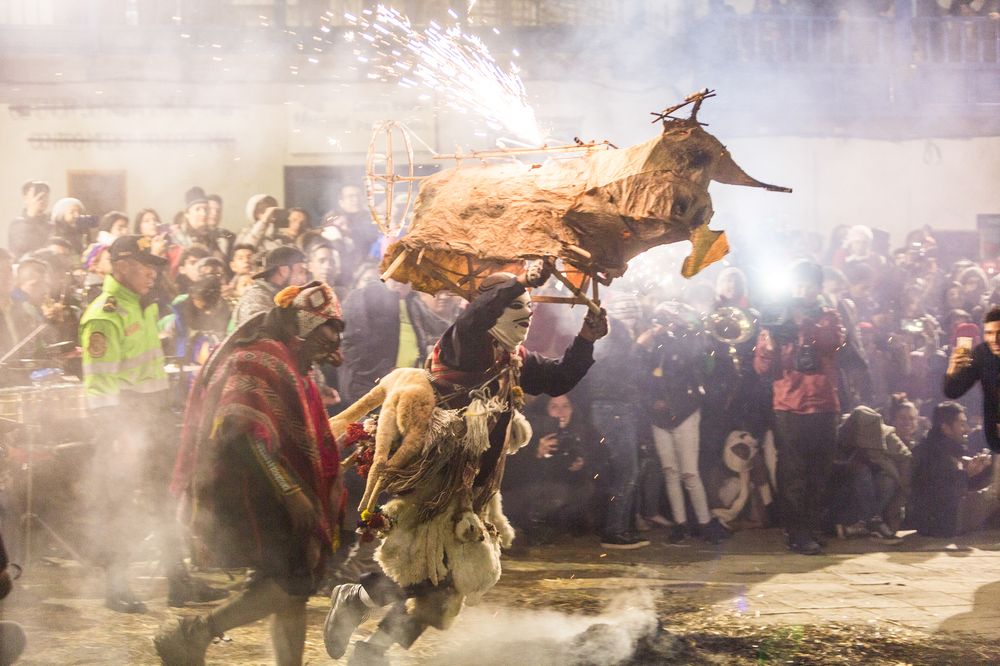
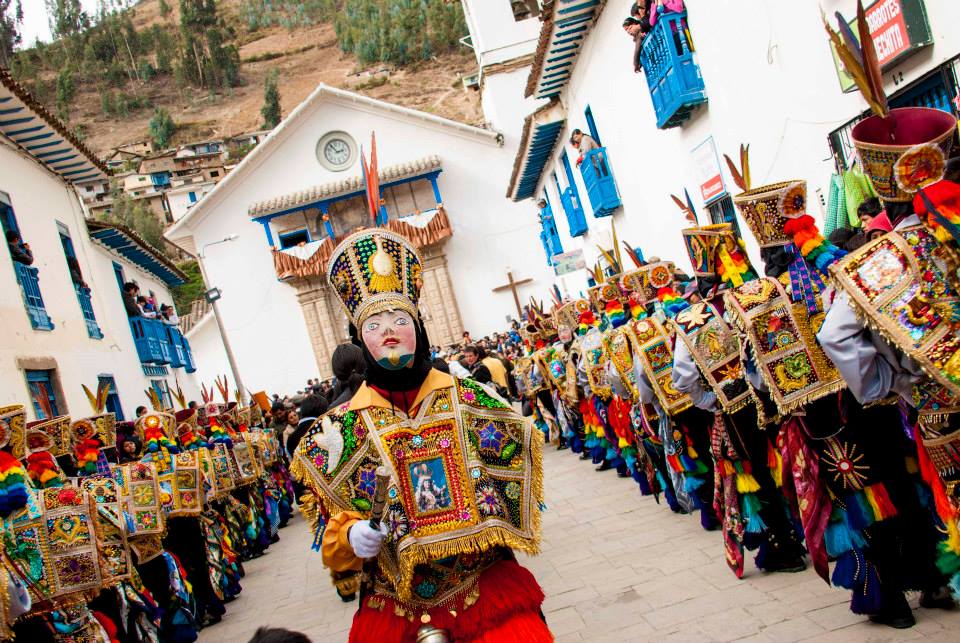
The Feast of Mamacha Carmen in Paucartambo is a religious and cultural celebration held in the picturesque town of Paucartambo. This festival takes place in mid-July and is one of the most iconic celebrations in the region. The festival pays tribute to the Virgin of Carmen, a religious figure beloved in the area.
During the Feast of Mamacha Carmen, the image of the Virgin is housed in the town’s church and is the object of great veneration. During the festival, the Virgin is paraded through the streets, one of the most important and emotional moments of the celebration. Participants wear traditional costumes representing different ethnic groups of the region, such as the Incas and the Spanish. This festival is a demonstration of how Catholicism blends with Andean traditions and the history of conquest.
International Spring Festival: Celebrating the Joy and Culture of Peru
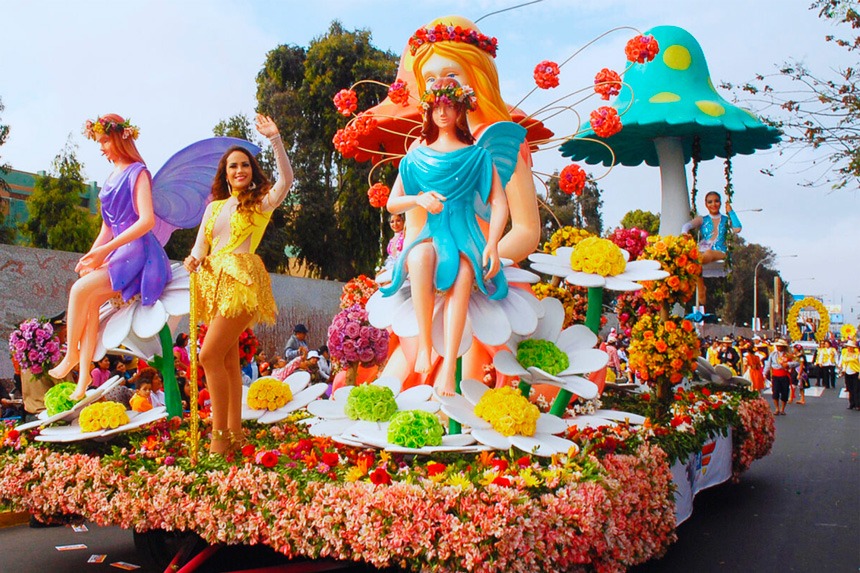
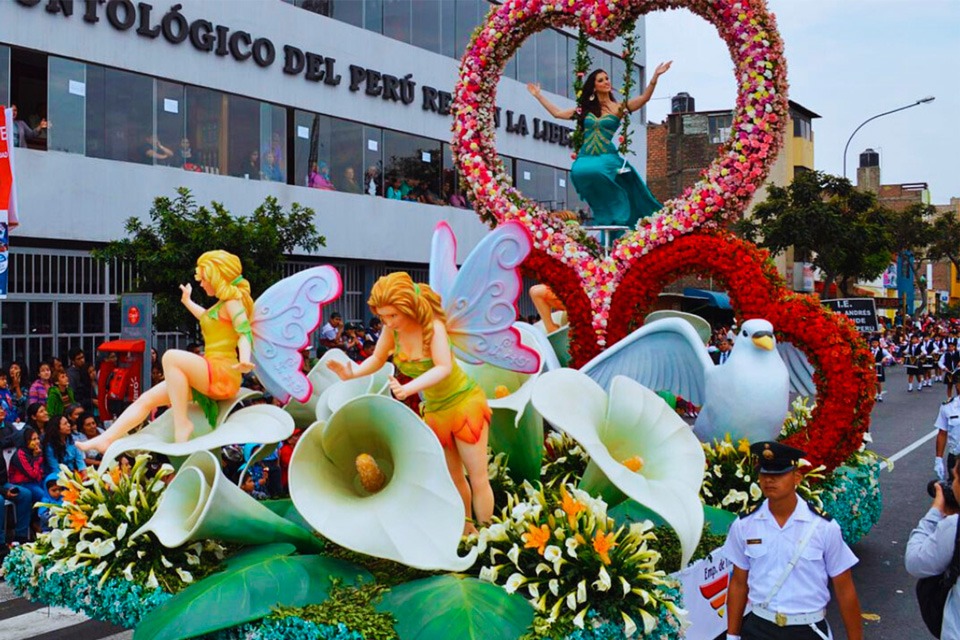
The International Spring Festival in Trujillo has its roots in the 1950s when it was first celebrated as a parade of floats. Over the years, it has evolved and grown in magnitude, becoming an international event that attracts visitors from across the country and abroad.
One of the highlights of the festival is the magnificent «Parade of Flowers.» In this parade, elaborately decorated floats adorned with thousands of flowers move through the streets of Trujillo. Each float represents a different theme, from regional flora and fauna to elements of Peruvian history and culture. The flowers, in a wide range of colors and varieties, create an explosion of beauty and fragrance that fills the air.
It is also known for hosting the Marinera competition; dancers and couples from all over the country gather to compete in this elegant and passionate dance. Additionally, the festival offers a series of concerts and cultural events that highlight traditional Peruvian music, art, and dance. These events provide attendees with the opportunity to immerse themselves further in Peruvian culture and enjoy world-class entertainment.
The Lord of Miracles: The Purple Procession in Lima


The Lord of Miracles is one of the most emblematic religious festivities in Lima and throughout Peru. The celebration takes place in October and attracts thousands of devotees who wear purple habits in honor of the Christ of Pachacamilla, a religious image that has become a symbol of protection and miracles.
The procession of the Lord of Miracles is one of the largest in the world, and its route through the streets of Lima is a breathtaking spectacle. Devotees follow the image of Christ through the city, singing hymns and offering prayers. Devotion and faith are palpable at every step of the procession.
The Northern Marinera: Elegance and Passion in Trujillo
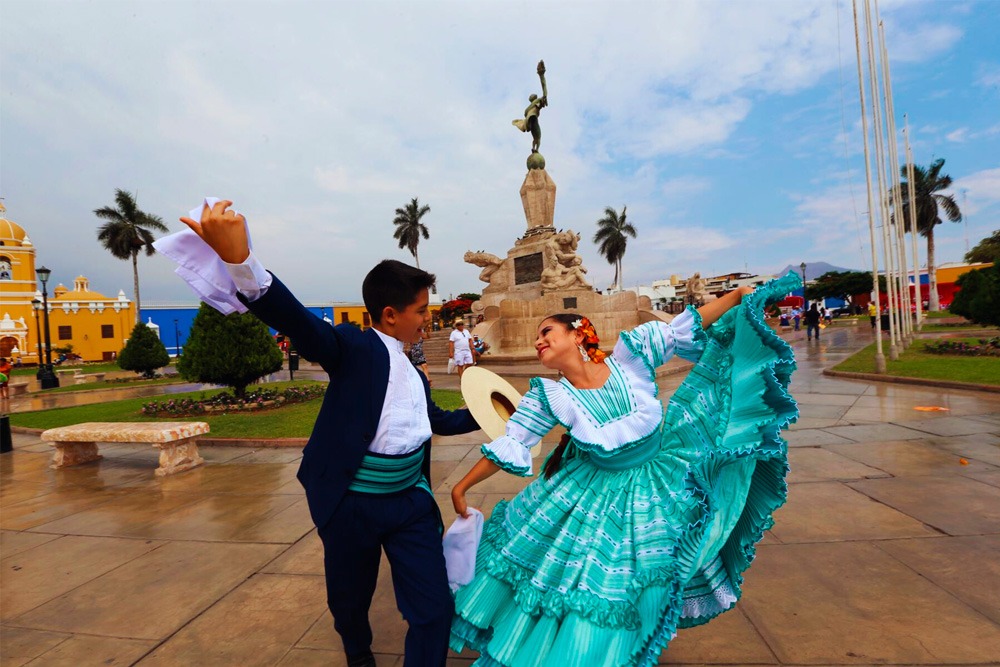
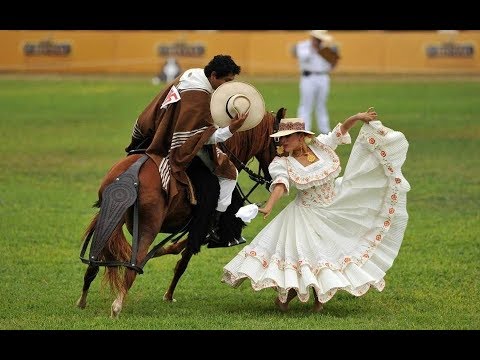
The Marinera is a national dance of Peru known for its elegance and passion. This dance has its origins in the coastal regions of the northern part of the country, particularly in Trujillo, where it is an integral part of the culture.
The Marinera is a couple’s dance in which the dancers perform graceful and sensual movements. The participants’ costumes are colorful and detailed, adding a stunning visual element to the performance. The dance represents flirtation and courtship between a man and a woman.
With this, we have traversed the vibrant festival calendar of Peru, celebrating the richness of its culture and traditions throughout the year. Each festival is a window into the diversity of Peru, showcasing the essence of its people, their faith, and their cultural legacy. We hope you have enjoyed this journey through Peru’s most colorful and meaningful celebrations!

